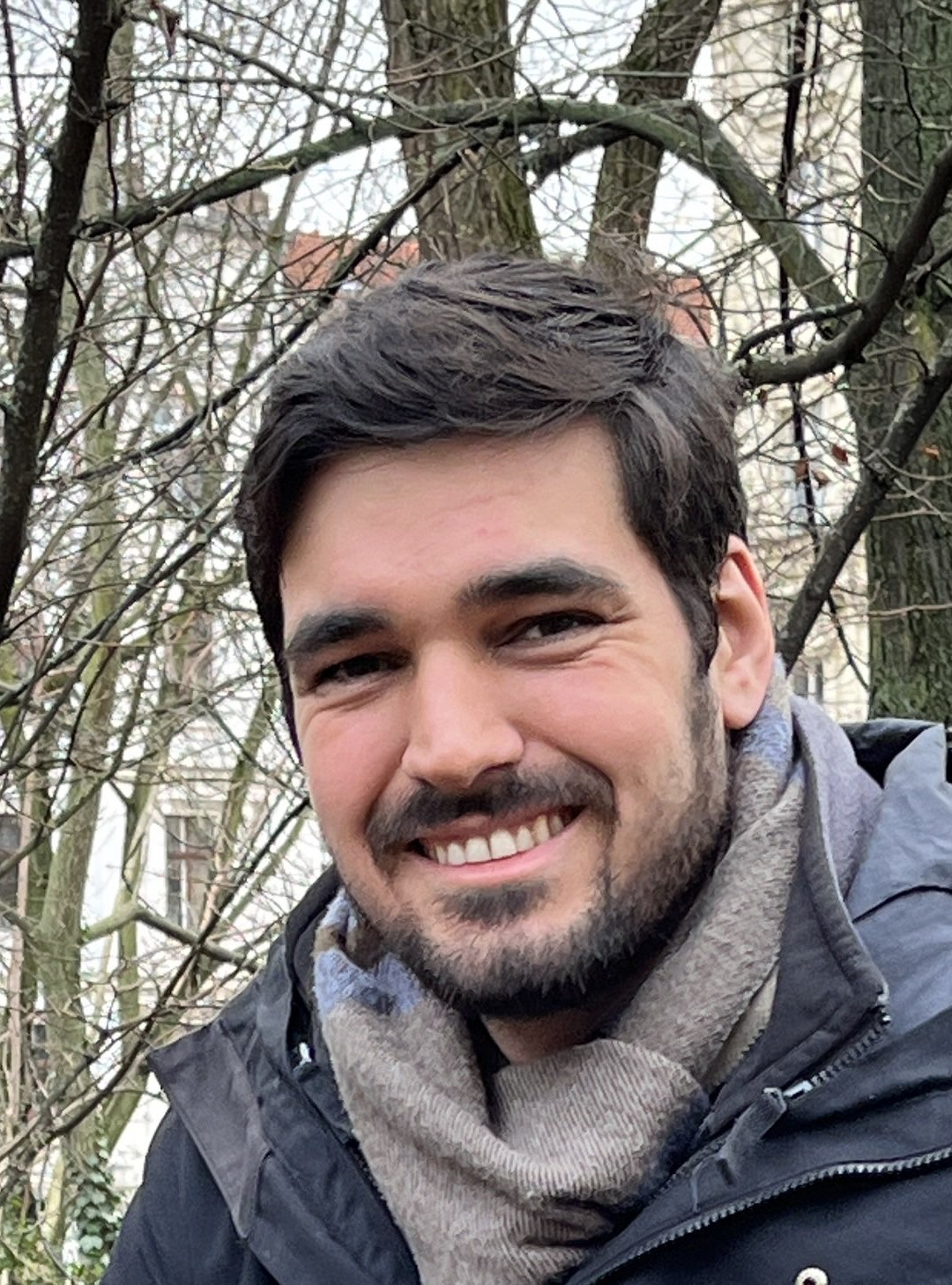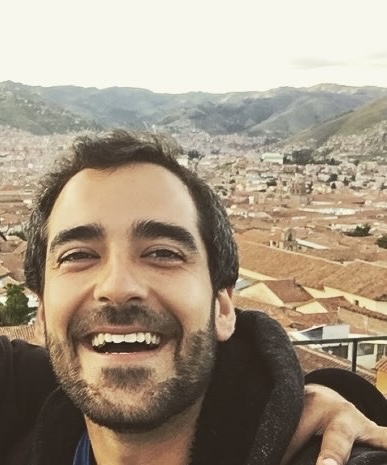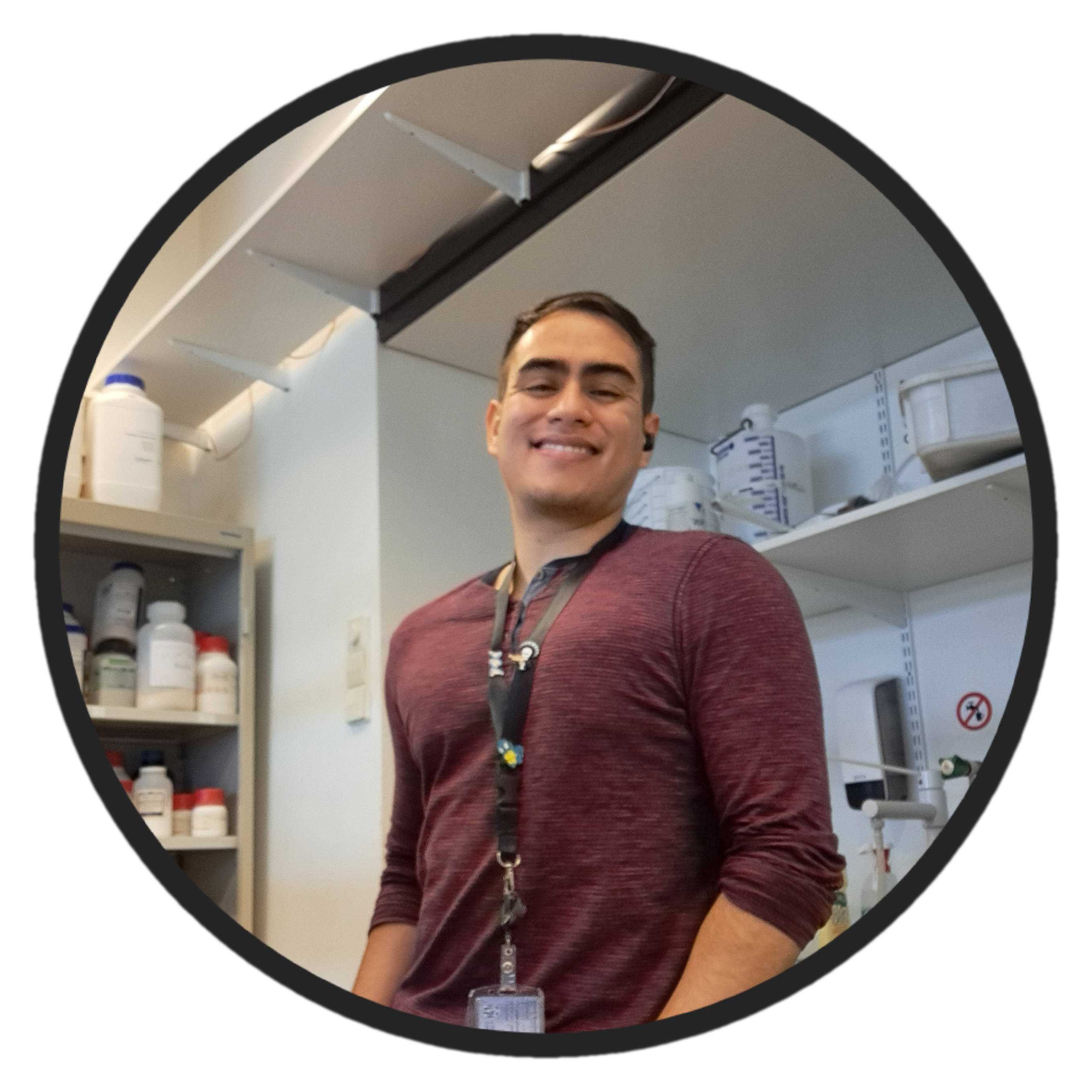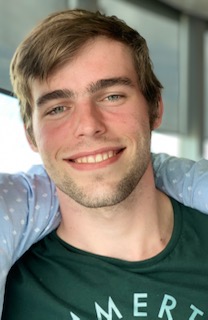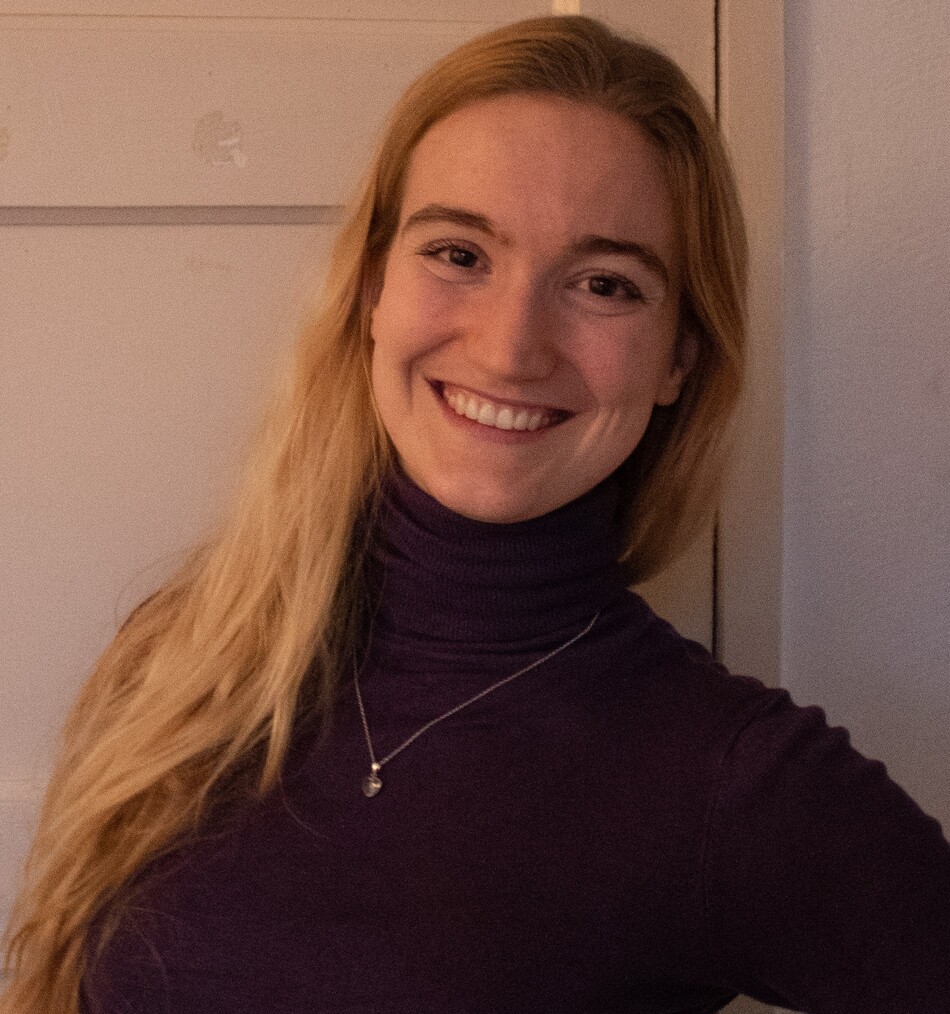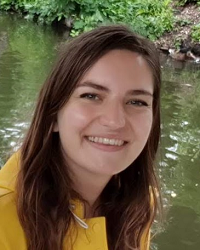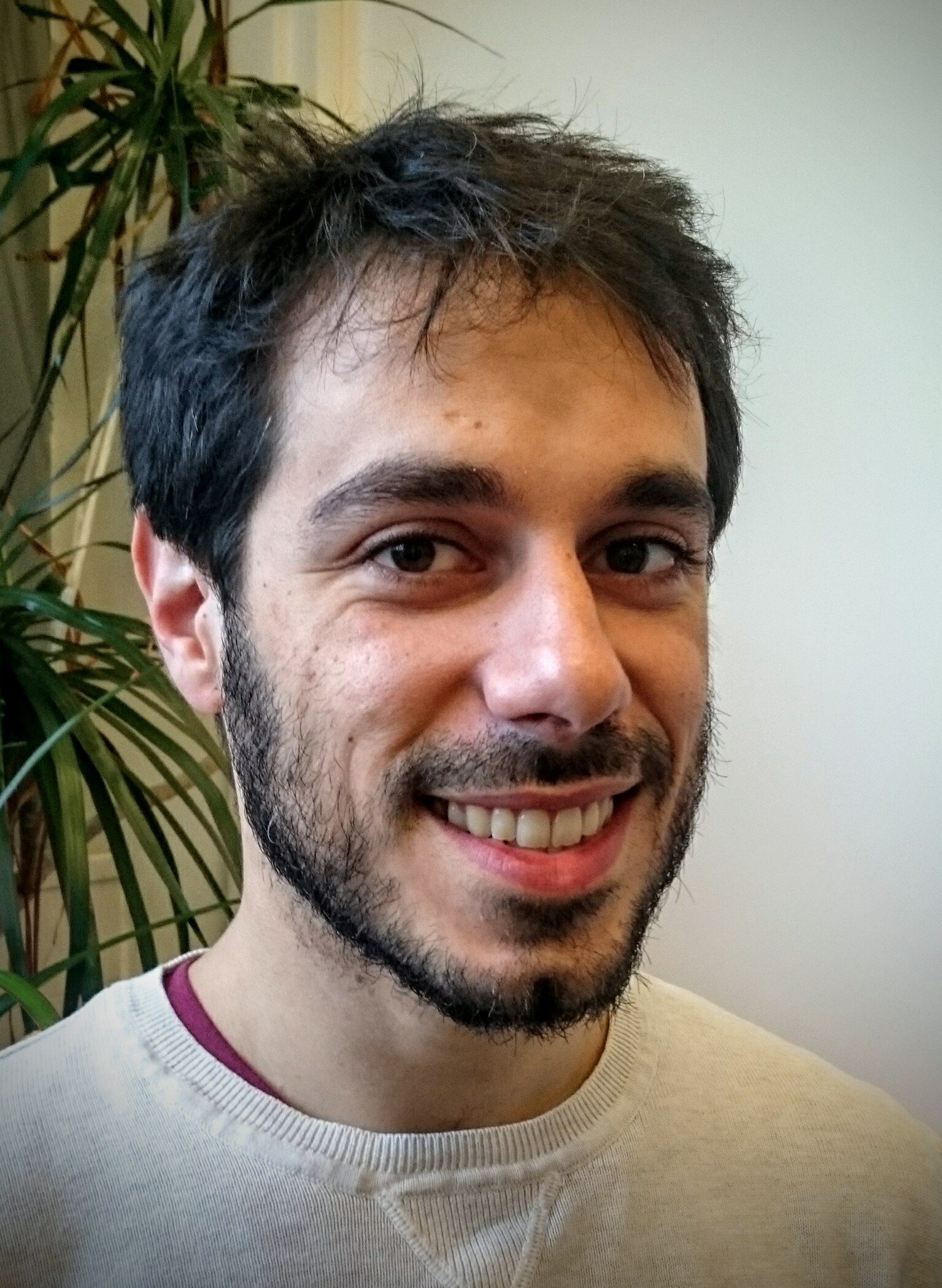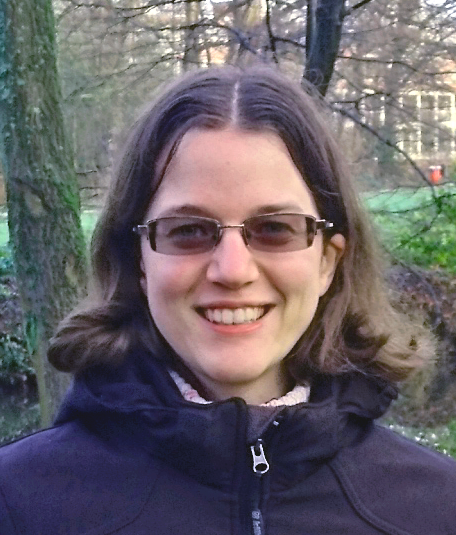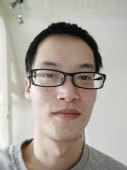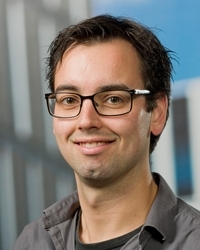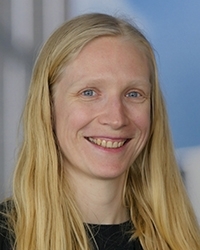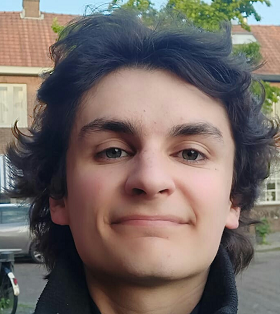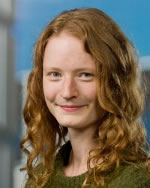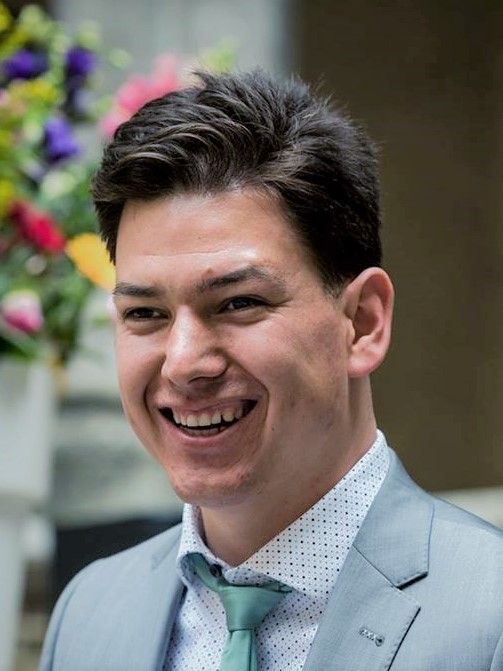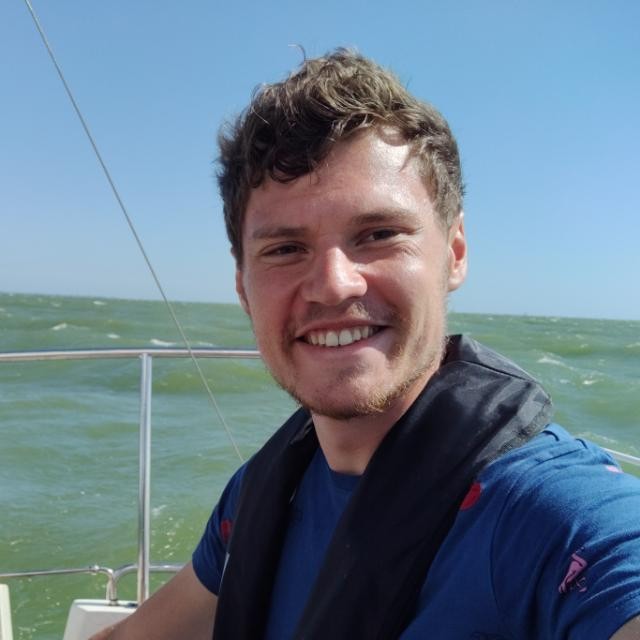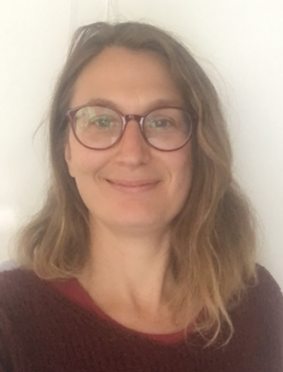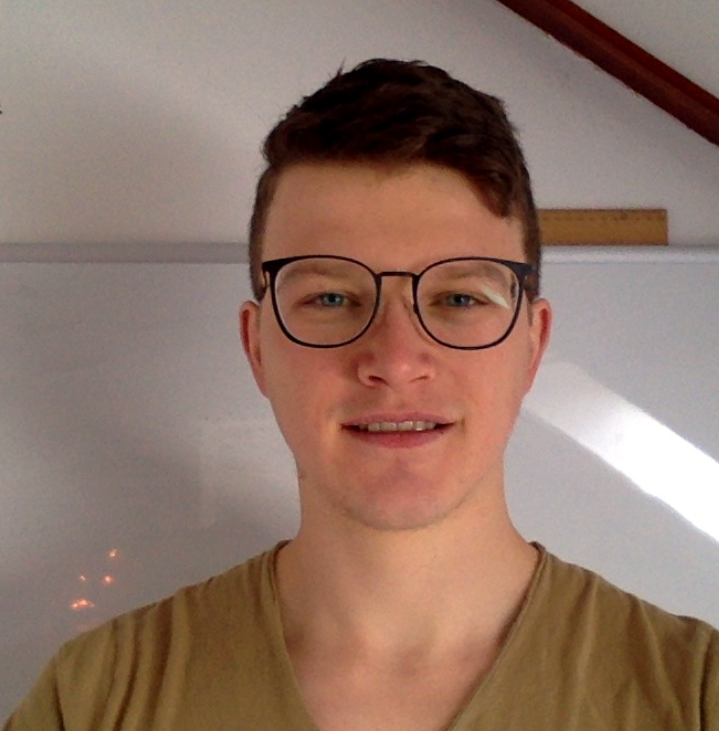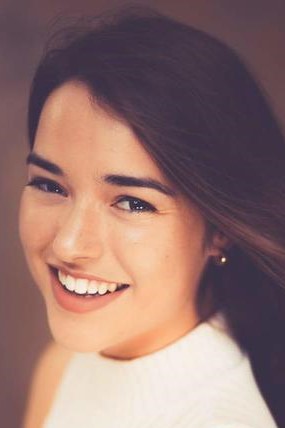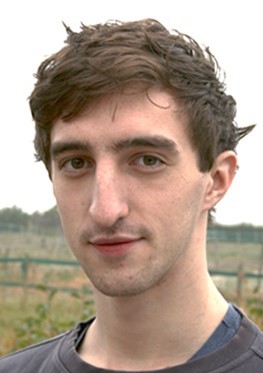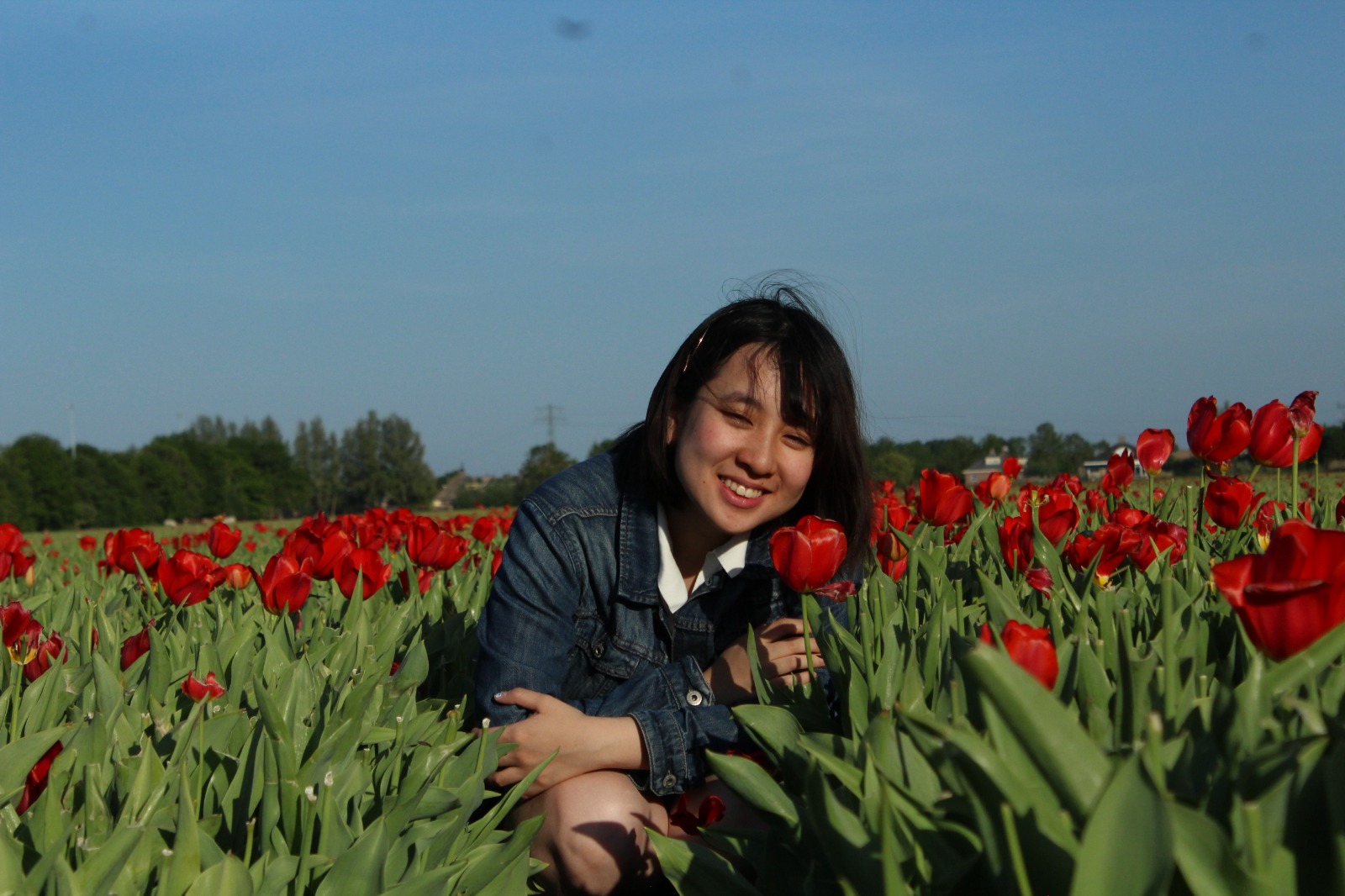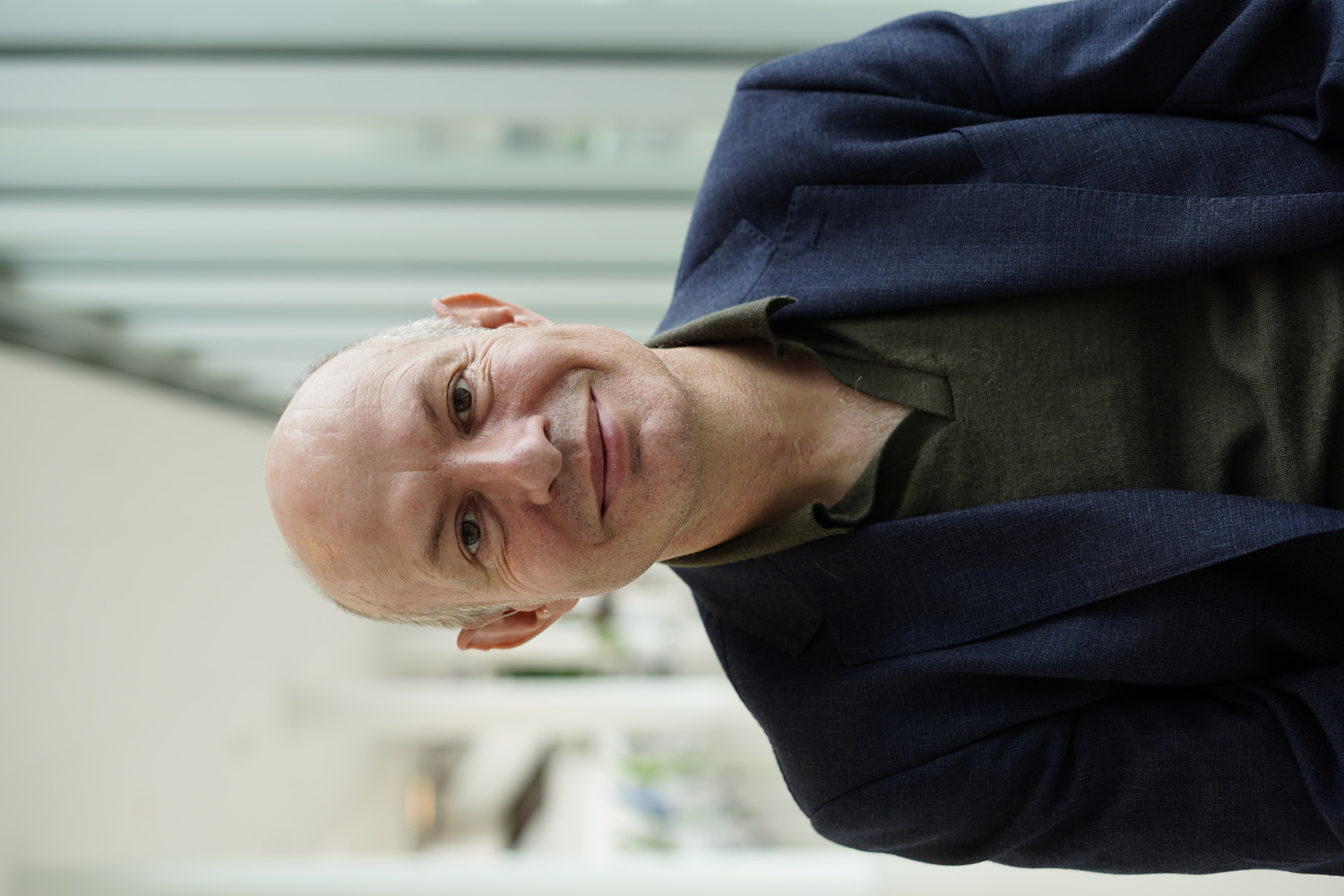
Roeland Merks is professor of Multiscale Mathematical Biology at the Mathematical Institute and the Institute for Biology of Leiden University, and director of the Lorentz Center in Leiden. Merks works on a variety of topics, including plant development, cell-ECM interactions during angiogenesis, and cell-based modeling of branching growth. Roeland obtained his MSc degree in Biology from Utrecht University, with specializations in Theoretical Biology and Developmental Biology. After a research stay in 1998 at Tokyo University, Japan, he moved to the University of Amsterdam for a PhD project on computational modeling of coral growth in the group of Prof. Dr. Peter Sloot. His postdocs were with Prof. James Glazier in the Dept. Physics and Biocomplexity Institute at Indiana University Bloomington, USA, and at the VIB Dept. Plant Systems Biology and Ghent University in Belgium, where he worked with Profs. Dirk Inzé, Gerrit Beemster, and Yves Van de Peer. He became a young group leader at VIB in 2007. In 2008 he moved to CWI in Amsterdam, the Dutch national center for mathematics and computer science, to set up the central modeling group of the Netherlands Consortium for Systems Biology, where he received tenure in 2012. Since 2014 Roeland has been part-time full professor at Leiden University and since July 2018 he has moved to Leiden full-time. From 2015-2018 he was president of the European Society for Mathematical and Theoretical Biology. Merks is Associate Editor of PLoS Computational Biology and Academic Editor of PLoS ONE. He received a Marie Curie-Skłodowska Intra-European Fellowship in 2006, a European Reintegration Grant in 2008, an NWO Vidi grant in 2010, and an NWO Vici grant in 2018, and is co-PI of an NWO GROOT since 2020. In his free time Merks and his husband run 'street gallery' De Spelonk, an art space in their house in The Hague. De Spelonk features site-specific installations by contemporary artists that can be seen from the street.
